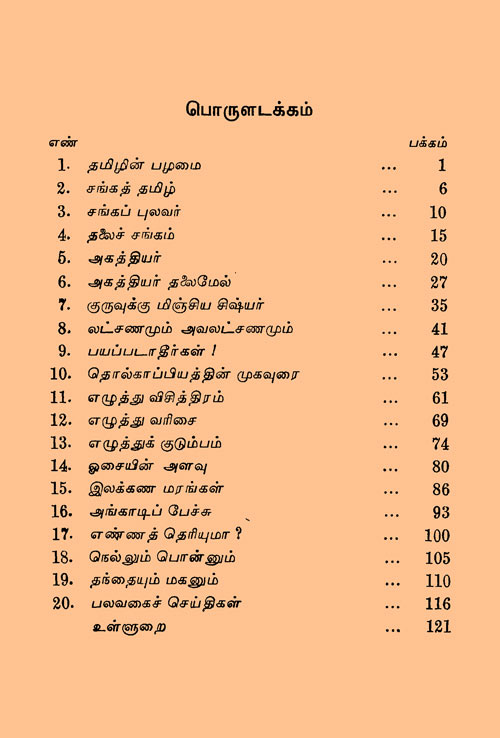


This is only to illustrate the beliefs which grew over the ages about the power of Sundarakanda in the tradition bound Indian families.

When a man is ill, past medical help people believe if one reads Sundarakanda Maruti will bring him back to life and good health. It is said that when a man has some great issue at stake that will either mend or mar his life, he reads Sundarakanda or hears it expounded. With such strong portrayals of unbounded loyalty and devotion, number of beliefs have sprung up in the tradition bound Indian families. Sita is portrayed as the deeply afflicted and sorrowing wife, yet endowed with an unflinching wifely devotion for Sri Rama such as when she declares Hanuaman is depicted as the selfless ,devoted, courageous, intelligent, powerful, but simple Rambhakt, a devotee of Rama. The two central images of Sundarakanda which created an aura, which made it an entity in the daily parayana, the program of prayer in many families are the roles of Hanuman and Sita. Over the ages Sundarakanda in Ramayan acquired an importance of its own, much like the Bhagavad-Gita in Mahabharata, which is an epic which came after Ramayana. So much so that the tradition has it that Sadhana connected with Sundarakanda creates a sense of peace and success for those who undertake the Saadhana of Sundarakanda. The long sought after success in locating Sita, bringing peace to her agitated mind, bringing peace to Rama by informing him of the safety of Sita provide a turning point in Ramayana. Starting in this background, the exploits of Hanuman in crossing the ocean create a sense of exuberance. From there the seeds of success are sown with Jambavaan prodding Hanuman to take upon himself the task of crossing the ocean.

They were also facing the daunting task of crossing the ocean to locate Sita. This mood of despondency continues with the despondency of the search party led by Angada being unable to find Sita. This is all my misfortune which can even destroy fire. Stripped of religious overtones, Sundarakanda starts in the background where in Sri Rama and Sita have gone through relentless troubles and difficulties in terms of the abrupt cancellation of coronation, banishment to the forests, the death of father Dasaratha, the abduction of Sita. When his message of conciliation was rejected and his tail was set on fire, he uses that to burn down the city of Lanka, returns triumphantly to Kishkindha and conveys to Rama that Sita is safe but in the custody of the Rakshasa King Ravana in Lanka, continuously pining for Rama and awaiting action by Rama to get her released. Hanuman flies across the ocean overcoming several obstacles, enters Lanka, after intensive search finds Sita, identifies himself as the messenger of Rama, takes her message and a token Chudamani from her as an identification, then announces himself as the servant and messenger of Rama, destroys the palace garden of Ravana, gains audience with Ravana, conveys his own message to Ravana saying return Sita or face annihilation. The story built in Sundarakanda can be briefly stated as follows. Sundarakanda is the story of the determination of Hanuman in achieving the task he set out as stated in the opening stanza of Sundarakanda. What is not beautiful in Sundarakanda?Ĭonsidering the tradition of naming a book or chapter of a book after the main character, one can conclude Sundarakanda is about Sundara, the Hunuman who is the center piece of action in Sundarakanda. In Sundarakanda Rama is beautiful, Sita is beautiful, Hunuman is beautiful. Sundarakanda is probably the most widely read part of Ramayana and carries a widely known verse about itself saying The first Sloka of Sundarakanda has the twelfth syllable of the twenty four syllables of the Gayatri mantra, placing Sundarakanda in a way at the virtual center or the heart of Ramayana According to traditional folklore Ramayana text has twenty four thousand Slokas corresponding to the twenty four syllables of Gayatri mantra.


 0 kommentar(er)
0 kommentar(er)
